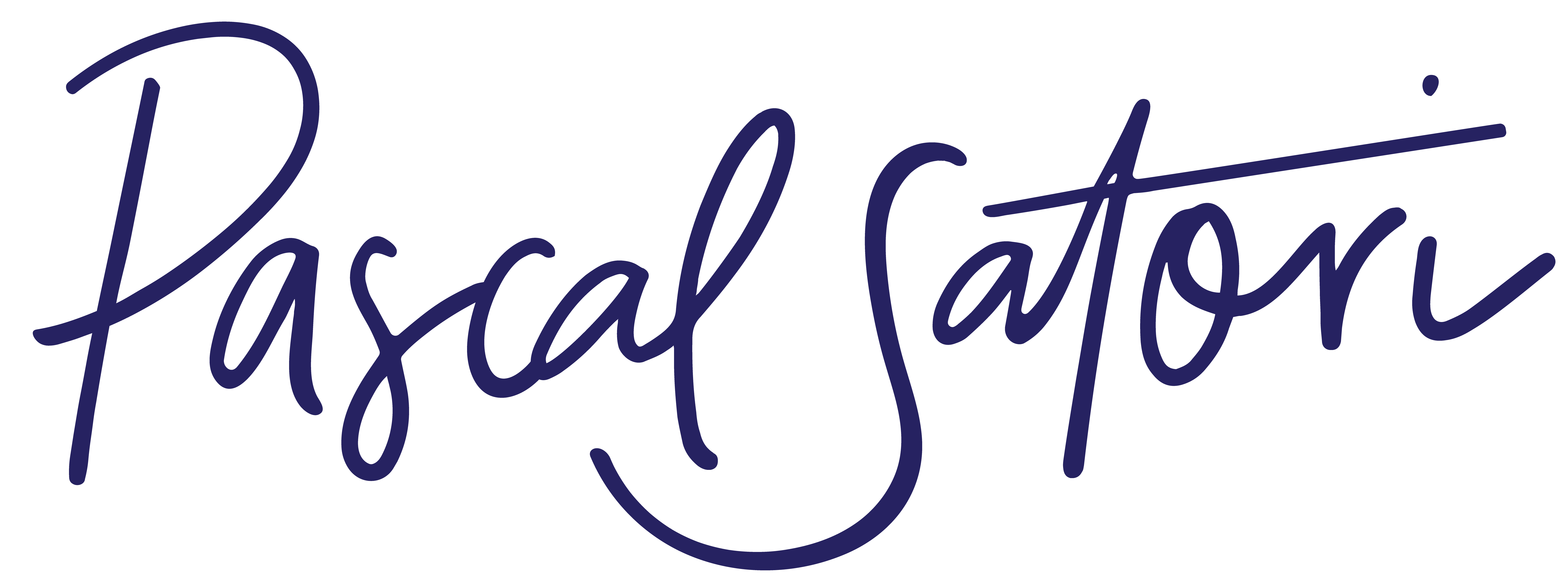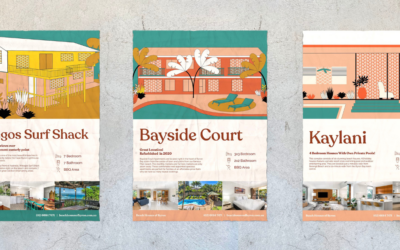Often Business and Brand can be confused or treated as one and the same. Here we break it down a little and help you understand the differences between a Business and Brand Strategy, why you need both of these and why it’s so important.
Strategy vs Strategy
Your Business Strategy is a long-term outline of how you plan to achieve ‘the desired future state that you envision’ for your business. This would include your business mission, vision, goals, objectives, the products or services you offer and how you aim to make money. This becomes a framework for how you operate your business.
Closely connected, but not synonymous, is your Brand Strategy. Branding is important to help you grow your business and thrive. Having a strong brand is what sets you apart from the crowd, establishes your position in the market and builds a meaningful relationship with your audience.
When you have a strong brand with positive brand equity you have a far better chance at building a loyal customer base who choose your brand vs competitors time and time again.
Are a Business Strategy & Brand Strategy connected?
To build a strong brand and profitable business both Brand and Business Strategies should be intertwined. Your Business Strategy sits at the top with your Brand Strategy closely supporting your overarching mission, vision, values goals and objectives.
Sometimes they might overlap, but so they should. They both inform one another and set the entire direction for the business and all decision making.
What makes up a Business Strategy?
A Business Strategy is the starting point, it’s usually driven from the top down and becomes the operational plan of how you will operate and do business.
This defines your organisational vision, mission and how you plan to achieve your organisation goals and objectives, how you will resource them and how you will measure their success.
A sound Business Strategy will be underpinned by a clear, purposeful and hopefully, inspiring vision and mission, that helps guide you in achieving your desired state.
A Mission Statement describes the present, who you are today and what is your purpose. An example of a great Mission from Tesla “to create the most compelling car company of the 21st century by driving the worlds transition to electric vehicles”.
A clear Vision Statement differs in its focus on the future. It should serve as inspiration and motivation that drives collaboration, passion and helps each and every team member understand what they are part of and building towards as a collective.
To highlight the difference: Tesla’s Mission is to “accelerate the world’s transition to sustainable energy.” A far broader, wider reaching inspirational statement for the future, rather than the present state.
A strong Mission and Vision then guides your strategy on a more operational level, outlining detail such as staffing, organisational culture, skillsets, scale, structure, product portfolio or service offering, positioning, strengths and weaknesses. External influences should also be considered such as competitors, market trends, economic impacts, suppliers, partnerships, distribution models, costs, revenue flows, profitability cash flow etc.
What is a Brand Strategy?
Think of your Business Strategy as more operational, and your Brand Strategy as the more emotive heartbeat of your business. It’s what makes you unique, your story, how you will stand out, differentiate and position yourself in the market.
Brand Strategy lays the foundations for everything that you do as a business. It starts with you, your business and your understanding of yourself and how you want your audience to perceive you.
A strong Brand strategy will define your purpose; why you do what you do, your target audience; who are you talking to and trying to engage and your personality, made up of the communication style, visual cues, design and tone of voice.
This is where we bring in the human element to a brand, this is the opportunity to truly connect and build a relationship with your audience. Who would your business be if it were an actual person i.e.) are you fun, quirky, eccentric or sophisticated? People like people who are similar to them or like a version of themselves that they aspire to be, and brands are no exception.
A brand is what can truly capture the hearts and minds of your audience and build long term customer loyalty. Its you’re key to competitive advantage, differentiation and sustainability no matter how the world around you changes. Your Brand strategy becomes the guiding beacon for all decision making and your reference point in how to bring to life your brand and engage your audience.
Why is brand storytelling so important?
Everyday life is fast and frantic, we are constantly bombarded with thousands of messages. The challenge for brands today is not only to rise above this noise in order to stand out and generate Brand Attention, but to connect and engage their audience forming a meaningful long-term relationship. Brands can do this by telling their story in an authentic and consistent way that reflects who they genuinely are.
Guided by your Brand Strategy, Brand Storytelling is your cohesive narrative that weaves together the facts and emotions that your brand evokes. It’s the human centric, personal narrative that inspires your audience to invest their hard-earned money and buy your product or service.
It’s not enough today to just have a great product or service on offer. Successful brands connect with their audience and share their story rather than just communicating the facts – in fact storytelling can be up to 22 times more memorable than sharing the facts alone.
According to Forbes, in modern times ‘Brand storytelling is no longer a nice to have. It is a must have’ and is ultimately the key factor in driving business visibility, engagement, profit and overall success.
Creating emotional connection and building a relationship with your audience creates loyalty, trust and future brand advocacy. Because at the end of the day, emotion often overrides and drives purchase and loyalty over our more rationale, logical selves.









